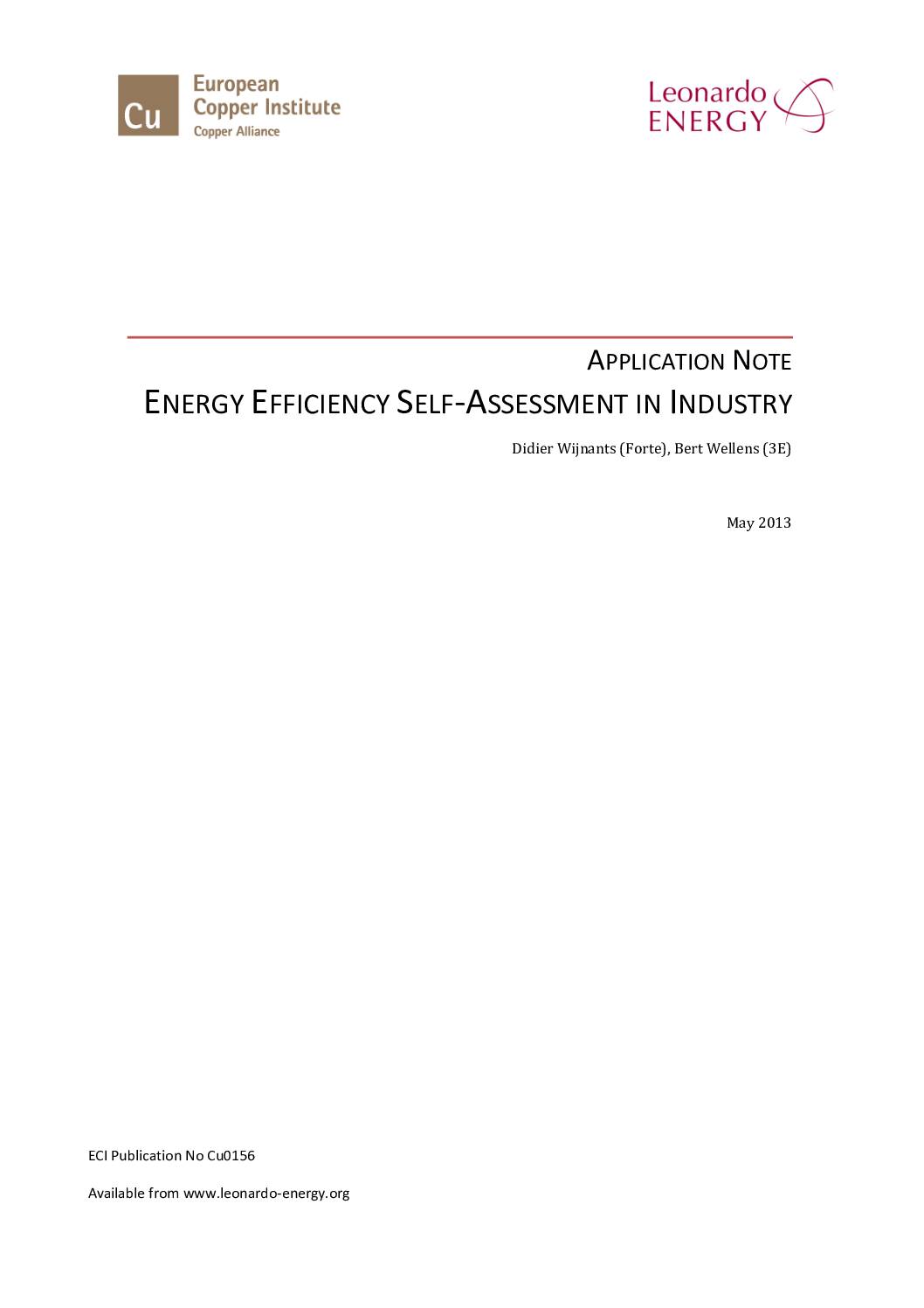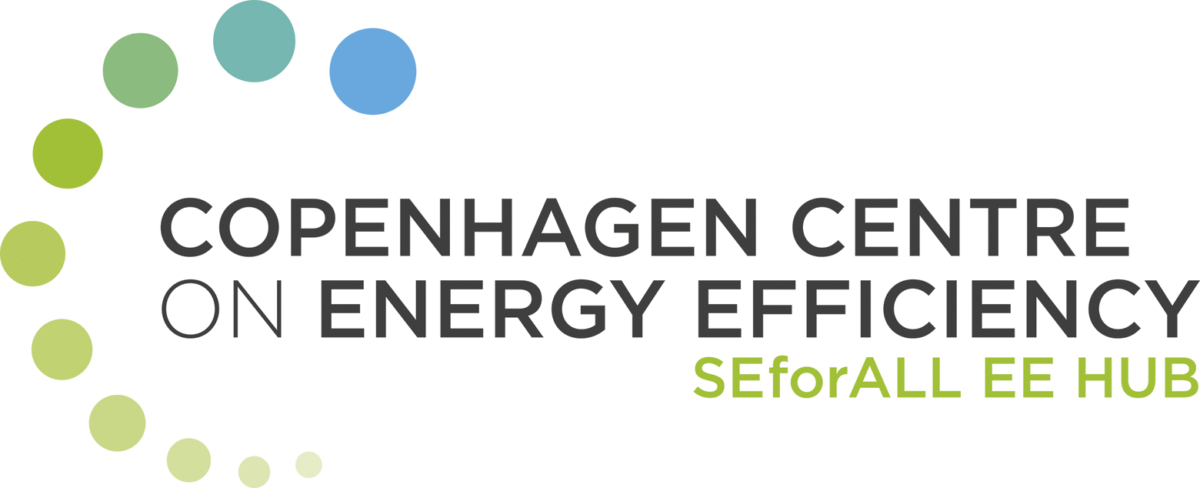Industrial companies seeking ways to reduce energy consumption often call upon external advisors to assess the energy efficiency of a plant. While this is generally a good idea, it is unwise to leave this task entirely up to the external advisor. Identification of promising opportunities for saving energy requires thorough insight into the plant’s processes and a profound knowledge of the process design. Plant engineers and operators generally have a much greater insight into their plant than external advisors. It is therefore a good idea to begin the process with an energy efficiency self-assessment, either as a prelude or as a complement to an external assessment.
Where should a self-assessment begin? This paper presents a step-by-step approach for conducting an energy-efficiency self-assessment, from the definition of the scope to the implementation of the action plan. Energy-related data must be collected and analysed, energy conservation measures identified, and associated benefits and costs estimated. Along the way, we discuss a number of real-life cases from various industrial sectors, showing examples of both easily applied measures and capital-intensive solutions.
Share this

Sector: Industry
Country / Region: Global
Tags: energy, energy efficiency, energy savings, industryKnowledge Object: Publication / Report
Published by: European Copper Institute
Publishing year: 2013
Author: Didier Wijnants, Bert Wellens
